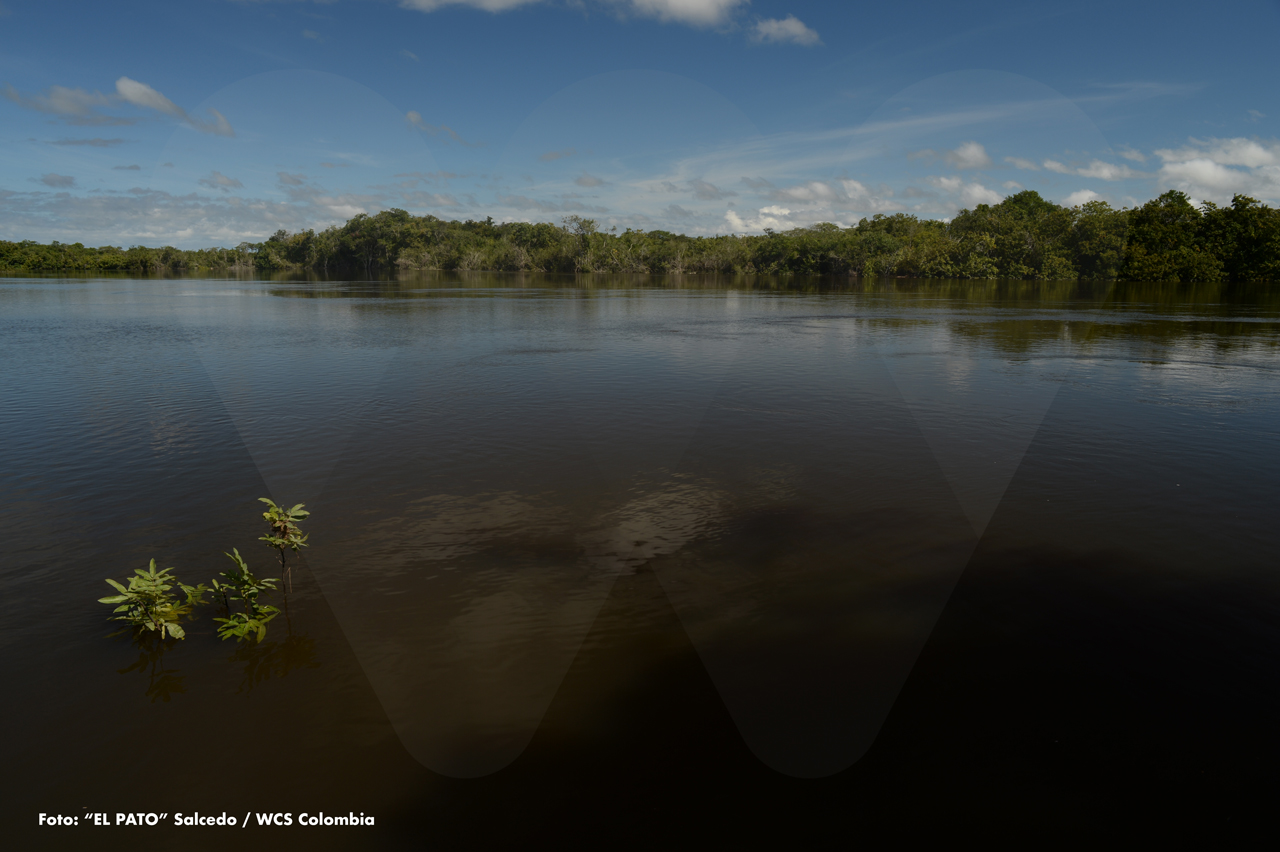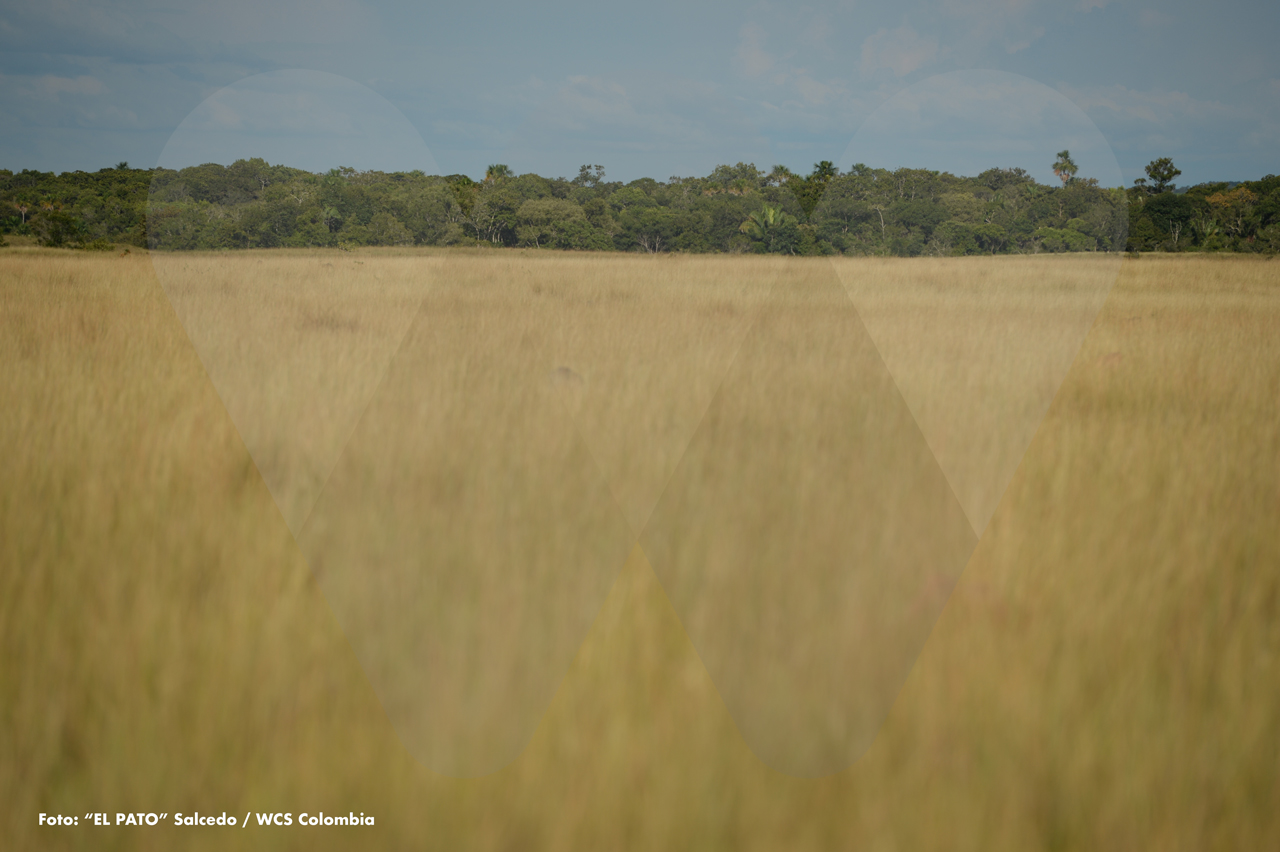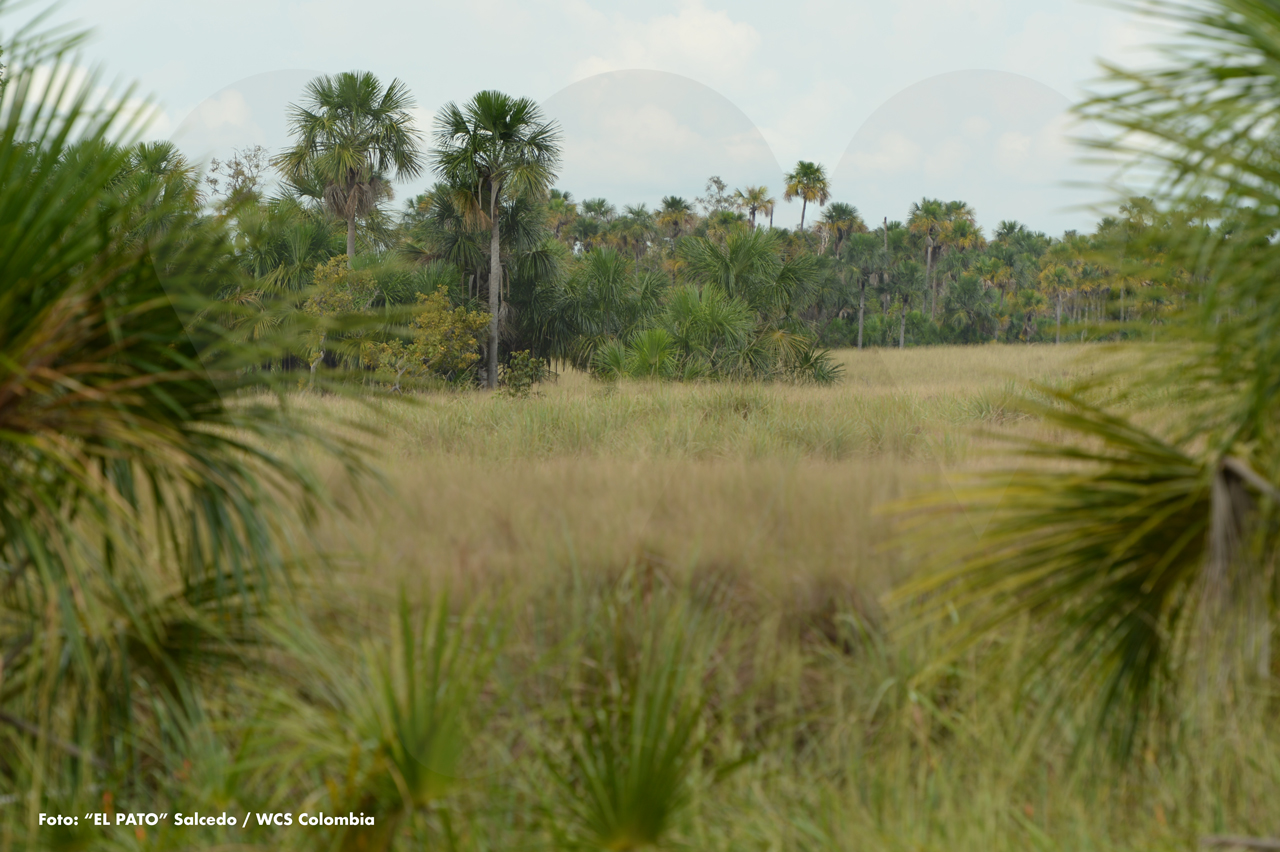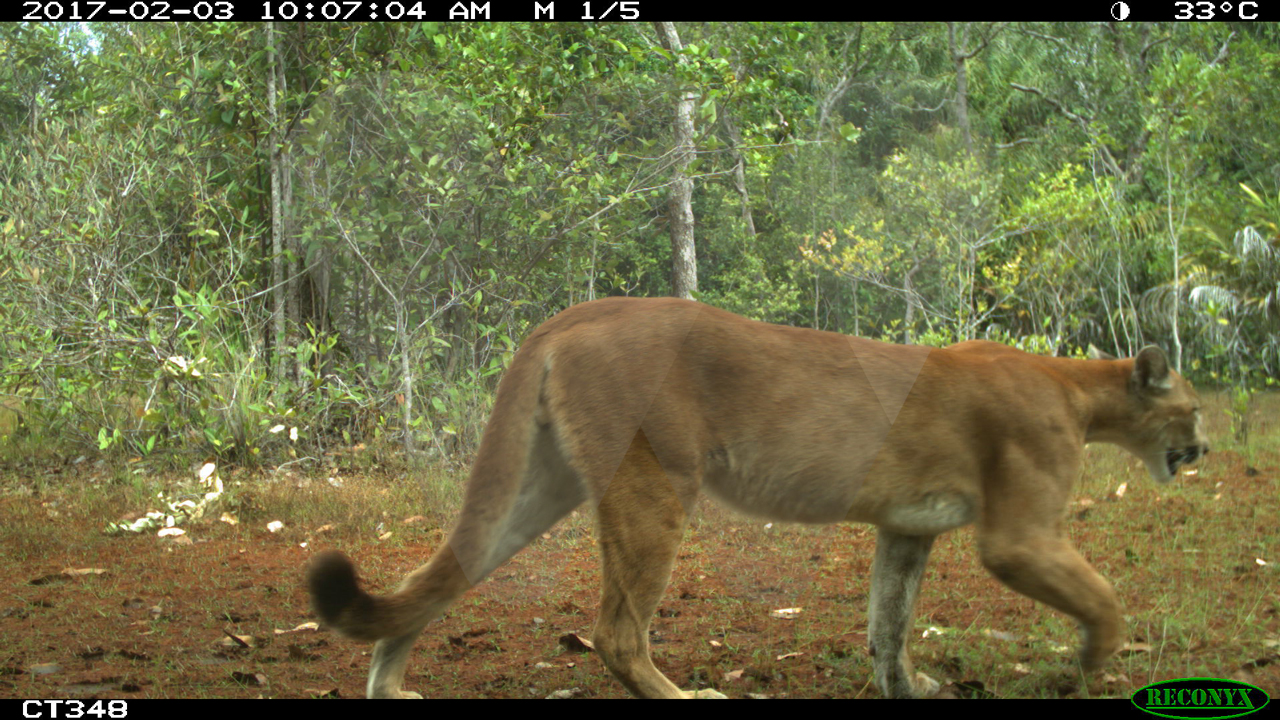 The Bita
The Bita
Its life begins in the municipality of La Primavera, flows through vast savannas, and ends in the waters of the Orinoco. All of this takes place in the extensive department of Vichada. Five years ago, the basin of this watercourse was declared a Ramsar wetland. This international designation protects, in this specific case, the 824,000 hectares of forests, savannas, and various bodies of water that together sustain the health of the Bita, the backbone of the tapir corridor.
 The Lowland Tapir
The Lowland Tapir
Scientifically known as Tapirus terrestris, it is considered by the IUCN (International Union for Conservation of Nature) as a vulnerable species, meaning it faces a high risk of extinction. What are the main threats to this animal? Primarily hunting and habitat loss. This situation is not a minor issue, considering that it is also an umbrella species—meaning that protecting it helps guarantee the survival of other species as well. For this reason, this area was named the Tapir Corridor.
 The Properties
The Properties
Around 37 properties have joined the Tapir Corridor initiative. Together, they form four large core areas that emerge in the middle and lower basins of the Bita River, on both sides of the river. On these farms, the Proyecto Vida Silvestre (PVS)* has been planting native species aimed at improving the connectivity of the forests that the tapir traverses. This way, the tapir can have more space to move, feed, and reproduce. Additionally, educational work has been carried out with the owners of these farms to raise awareness about the negative consequences caused by the hunting of Tapirus terrestris.
 The Moriche Palm
The Moriche Palm
A plant very typical of the Orinoquia savannas is the moriche palm. Its presence is closely linked to water, making it a key species for the protection of this essential water resource. In addition, its fruits are highly valued by the tapir and other animals that share its habitat. That is why part of the efforts to bring more life to this place include multiple planting campaigns of moriche palms, which to date have reached nearly 13,000 seedlings.
 Camera Traps
Camera Traps
This technical tool is extremely valuable as it helps researchers accurately determine which animals inhabit a given area. In the Corredor de la Danta, the Proyecto Vida Silvestre (PVS)* installed approximately 86 camera trap stations at various times between 2015 and 2020. This scientific effort confirmed the importance of the Bita basin as a home for a diverse range of wildlife. Specifically, regarding mammals, the camera traps revealed the presence of 27 species, including pumas, peccaries, anteaters, and, of course, the lowland tapir.
*The Proyecto Vida Silvestre, an initiative led by Ecopetrol, Fondo Acción, and WCS, works toward the conservation of 15 species (twelve fauna and three flora). It operates across three landscapes in Colombia: the Eastern Plains (Llanos Orientales), the Magdalena Medio, and the Andean-Amazon Piedmont (Putumayo).
Traslated with AI suppport